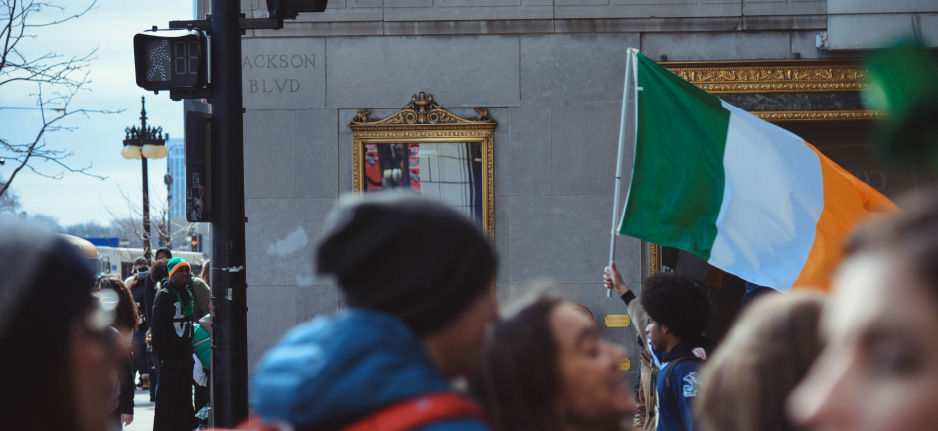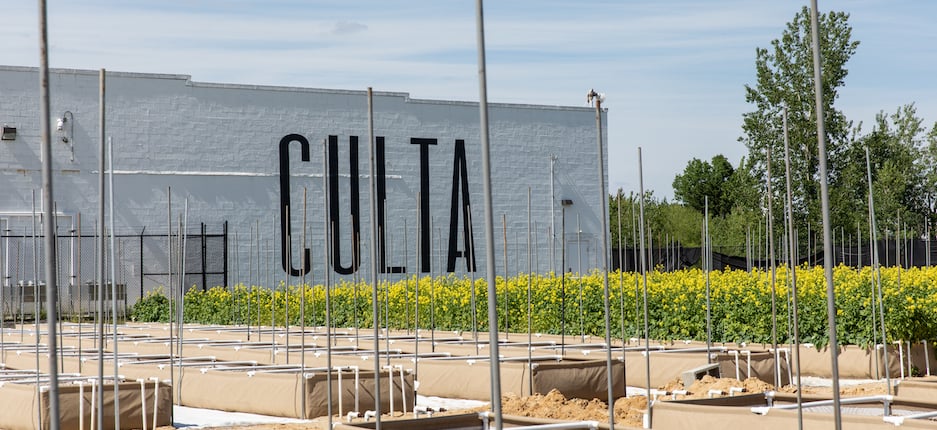When we think of Ireland, many people instantly picture a bright green shamrock. But the lucky four-leaf clover isn’t the only green leaf associated with the Emerald Isle. Ireland has a rich cannabis culture dating back hundreds of years. In fact, it was an Irish physician who played a major role in the introduction of medical cannabis to Western medicine.
Like many places in the world, recreational cannabis use is still illegal in Ireland. Yet many activists and medical practitioners believe this will change soon. In the meantime, as we prepare to celebrate St. Patrick’s Day in the United States, let’s raise awareness for this powerful plant medicine and see how it’s been used in Irish society.
Here’s a brief history of cannabis in Ireland, but first....
Earliest Recorded History
The earliest mention of cannabis in Irish history refers to hemp cultivation. When Queen Elizabeth I assumed power over Ireland in the 17th century, she encouraged Irish farmers to grow more hemp.
At the time, the Irish textile industry was already producing hemp fibers alongside its wool exports. The English began confiscating Irish wool to force Ireland to produce more hemp, which was used to make sails for English ships. It’s also said that hemp fibers from Ireland were used to make ropes for hanging Irish rebels.
The 1800s
In the 1800s, the Irish began to transform hemp from a tool of oppression into an opportunity for empowerment. Irish scholar George Sigerson authored a pamphlet in 1866 entitled “Cannabiculture in Ireland; its profit and possibility,” which outlined ways in which hemp could be used to grow Ireland’s domestic economy.
Meanwhile, an Irish doctor named William O’Shaughnessy began exploring the medicinal effects of cannabis. O’Shaughnessy was a prestigious surgeon in London and later transferred to a post in India, where he became the first professor of chemistry at the Calcutta Medical College. During this time, O’Shaughnessy observed how the locals used cannabis and cannabis-based products to treat various medical conditions.
O'Shaughnessy began experimenting with hemp resins and noted their positive effects, first on animals, then human patients. He reached a major milestone with his research in 1839, when he used a cannabis tincture to treat an infant suffering from severe, previously untreatable epilepsy.
O’Shaughnessy’s research with cannabis was truly trailblazing and inspired many doctors in the United Kingdom, Canada, and the U.S. to begin their own studies on this effective plant medicine. In many ways, O’Shaughnessy is considered the father of medical cannabis in the Western world.
Early 20th Century
After O’Shaughnessy’s breakthroughs introduced cannabis to Irish society, it was used without regulation until the early 20th century. This was when the history of cannabis in Ireland took another turn. In 1934, the Irish government passed the Dangerous Drug Act, a law that went into effect in 1937 banning cannabis and cannabis resin.
Now prohibited, many Irish people continued growing and using cannabis in secret. As often occurs in society when a substance is prohibited, its use only rose in popularity. This led to further legislative acts in the 1960s.
The 1960s
In 1968, cannabis use in Ireland was so rampant that the Irish government created a Working Party on Drug Abuse to address concerns surrounding the substance. The committee released a report three years later.
In its report, the Working Party on Drug Abuse recommended against prison time for individuals found in possession of small amounts of cannabis for personal use but declined to take a stance on legalization. The group’s report recommended “continued review” on the subject.
The Rise in Modern Medical Use
In 1998, cannabis was reclassified as a Schedule I drug under a new Misuse of Drugs Act. This granted the Irish Minister of Health legal discretion for authorizing the use of cannabis and cannabis derivatives for medicinal use.
A UK pharmaceutical company called GW Pharmaceuticals was granted a license to begin medical trials with cannabis extracts in two Irish hospices in 2002 and 2003. In 2014, the next phase of the history of cannabis in Ireland began when these medical trials resulted in an amendment to the 1998 law.
From 2014 on, the cannabis extract nabiximols could be openly prescribed. Two years later, in 2016, the use of medical cannabis became much more liberal in Ireland.
Are Edibles Legal in Ireland?
Unfortunately, as with other cannabis products, edibles are not legal in Ireland.
Today’s Laws and Reform Efforts
Currently, Irish law allows the sale of CBD products with less than 0.2% THC. CBD oils and other products are widely available in most of Ireland. Other forms of medical cannabis are also becoming easier to obtain.
In June 2019, Health Minister Simon Harris signed legislation to create a five-year Medical Cannabis Access Programme, which will allow doctors to prescribe medicinal cannabis much more freely for conditions such as epilepsy, multiple sclerosis, and cancer.
As more people experience the health benefits of cannabis as an alternative to harsh chemical drugs, cannabis' negative stigma is slowly but surely disappearing. It’s only a matter of time before cannabis is fully legalized in countries all over the world.
Soon, the history of cannabis in Ireland will include the momentous day when this plant medicine is finally legal for all.



